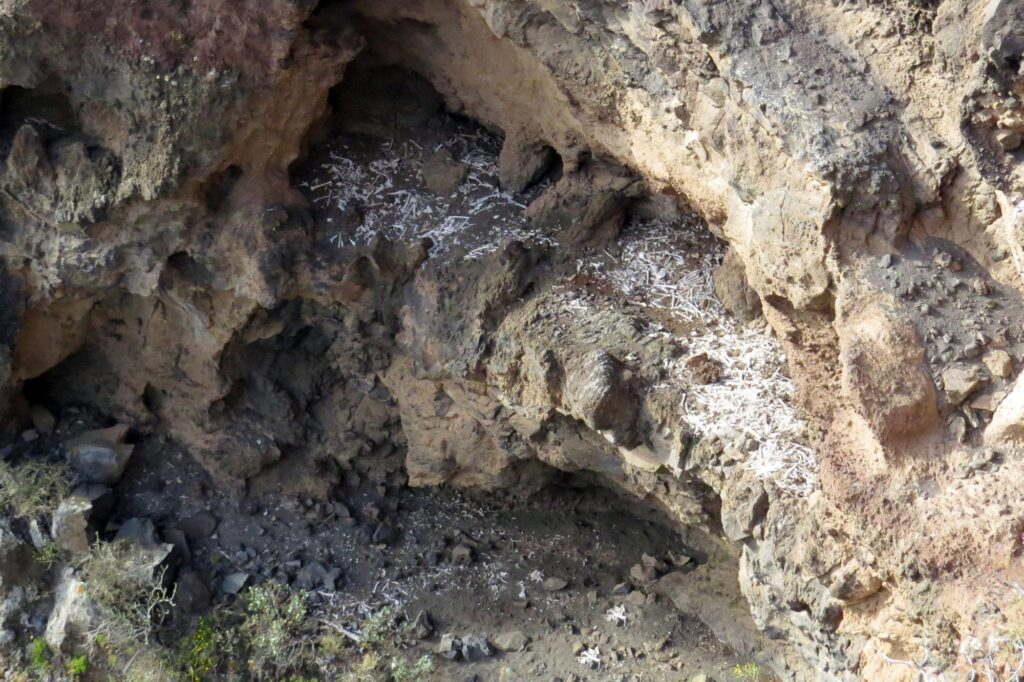Lost tomb with 72 ancient skeletons from extinct Canary Islands civilization found by drone after 1,000 years
Amateur archeologists on the holiday island of Gran Canaria discovered a grave containing ancient remains of men of a lost pre-Hispanic civilization.
The mummified remains of 72 skeletons belonging to natives of the ‘Guanche’ society were discovered by drone. The amazing find included 62 adult skeletons and 10 newborns.
They were found in the Guayadeque ravine on the island of Gran Canaria, which is part of the Spanish Canary Islands.
Experts have confirmed the discovery and have linked it to the Guanche civilization as the cave dates back to between 800-1000AD.
Guanche people are thought to be the original inhabitants of the Canary Islands and may have traveled there from North Africa.
Historians think that the Guanches people were ethnically and culturally absorbed by Spanish settlers when they colonized the islands.
Archaeologist Veronica Alberto told local media: “There are many burial caves in Gran Canaria, but not many like this one.
“The discovery of the newborn remains is important as they were not included in previous findings until very recently.
“We know now they can be found in these types of cave burials.”

Archaeologists went down to the burial site and found traditional burial shrouds made from vegetable fibers and animal skin.
Alberto added: “We can confirm that all the pre-Hispanic people in the Canary Islands were prepared the same way for the burial ceremony.”
Experts had to travel down 75 feet to reach the tomb. Members of the amateur archaeology group ‘El Legado’, formed by Ayose Himar Gonzalez, Jonay Garcia, and Jesus Diaz, found the cave via drone.
Gonzalez said: “We were flying a drone and we took some pictures of the cave. It is in a very difficult place to access and you need to climb a cliff to reach the site. People thought the photos were fake because of all the bones there!”
They found the cave back in June last year but only reported it recently because they were concerned it would be vandalized.
Gonzalez explained: “The cave should be closed off and preserved with the bones left there to respect the site. We decided to report it because we want the local authorities to preserve and respect it.”





